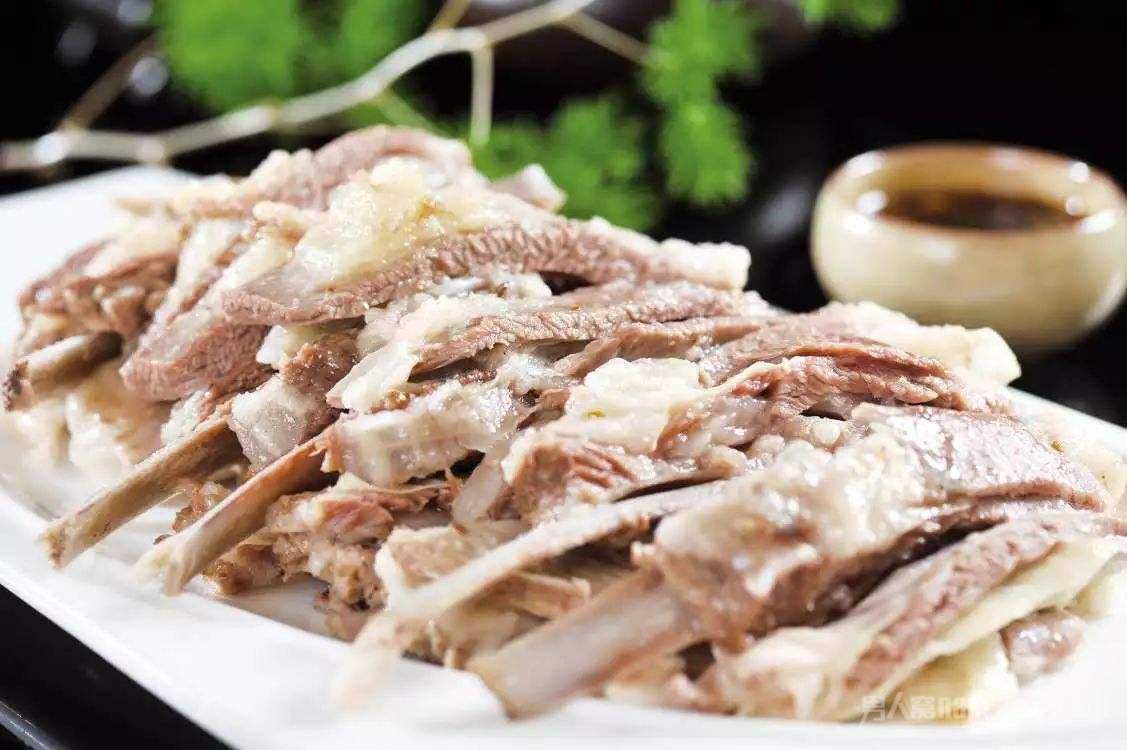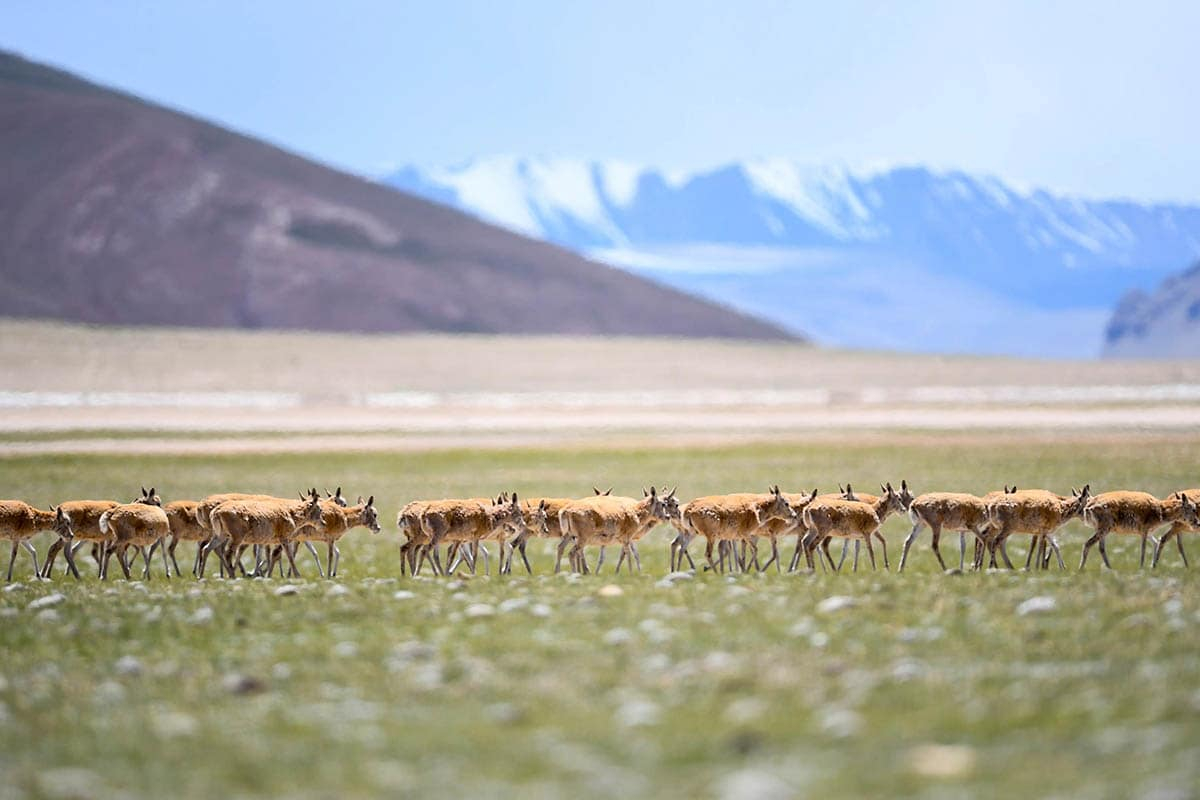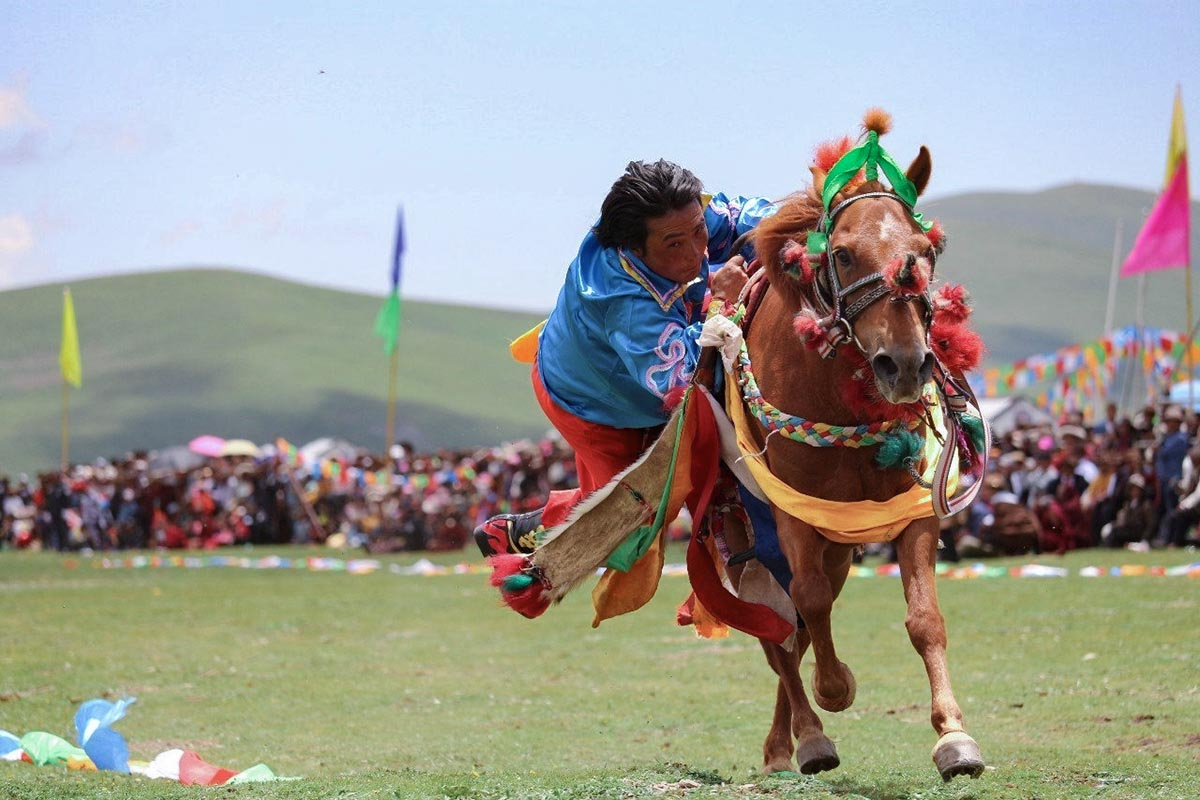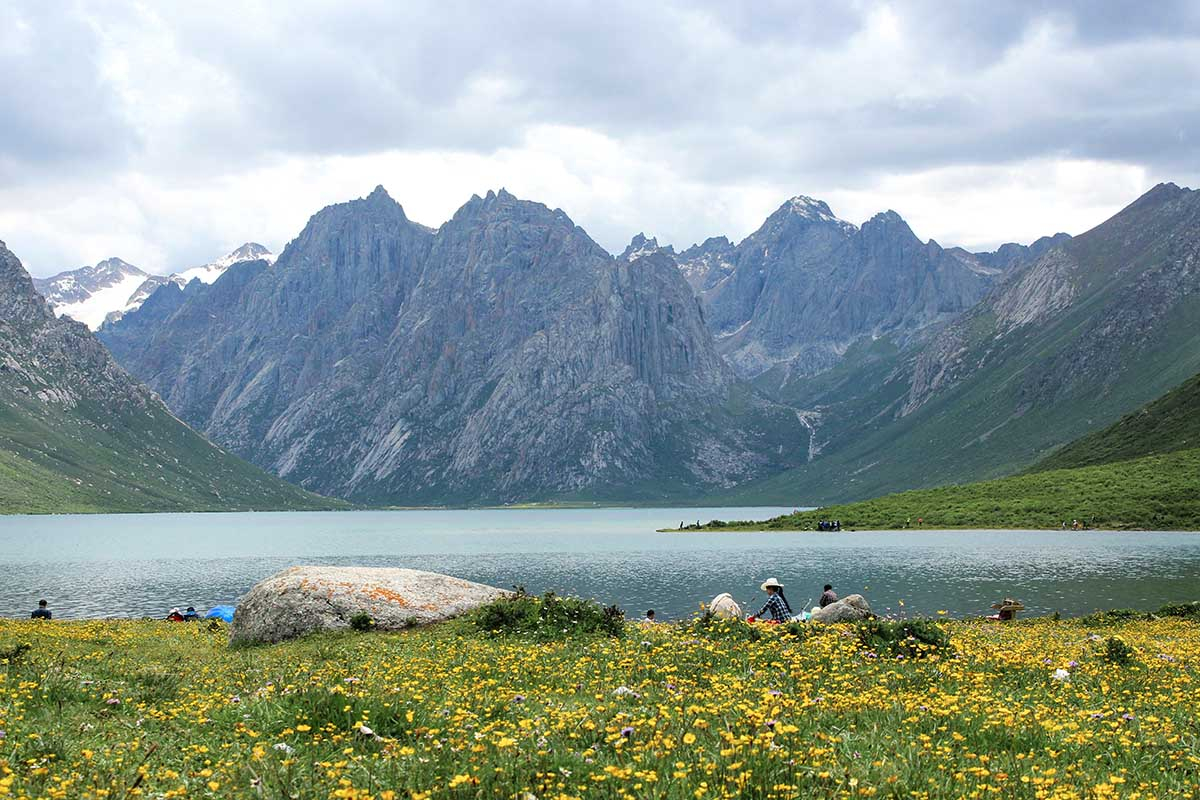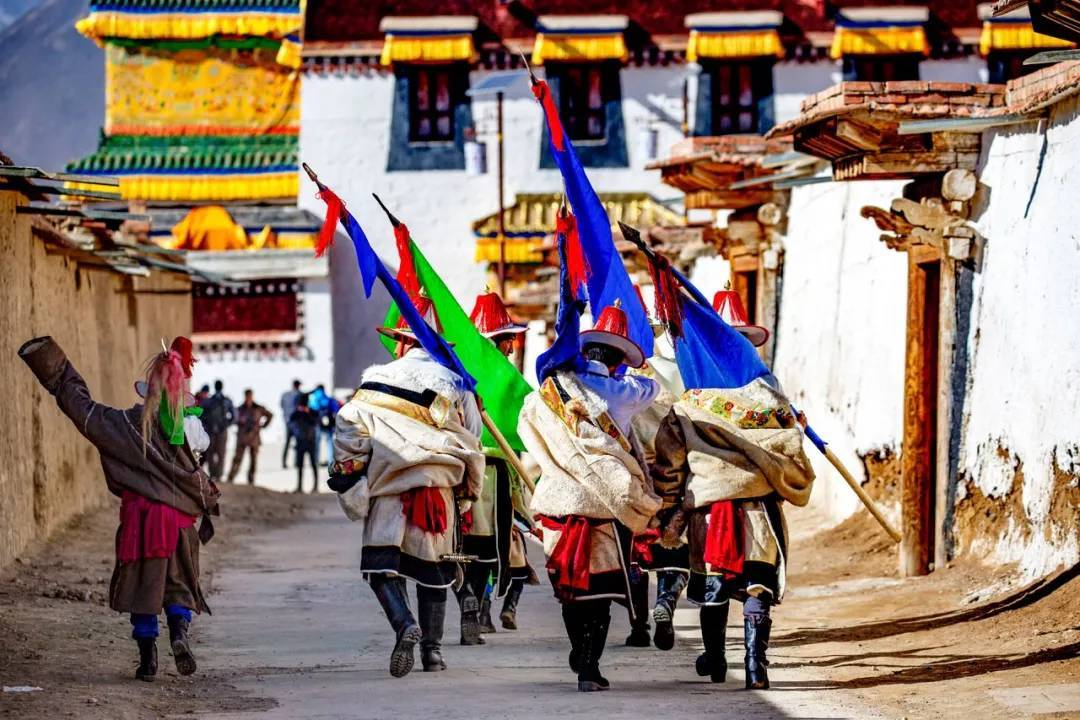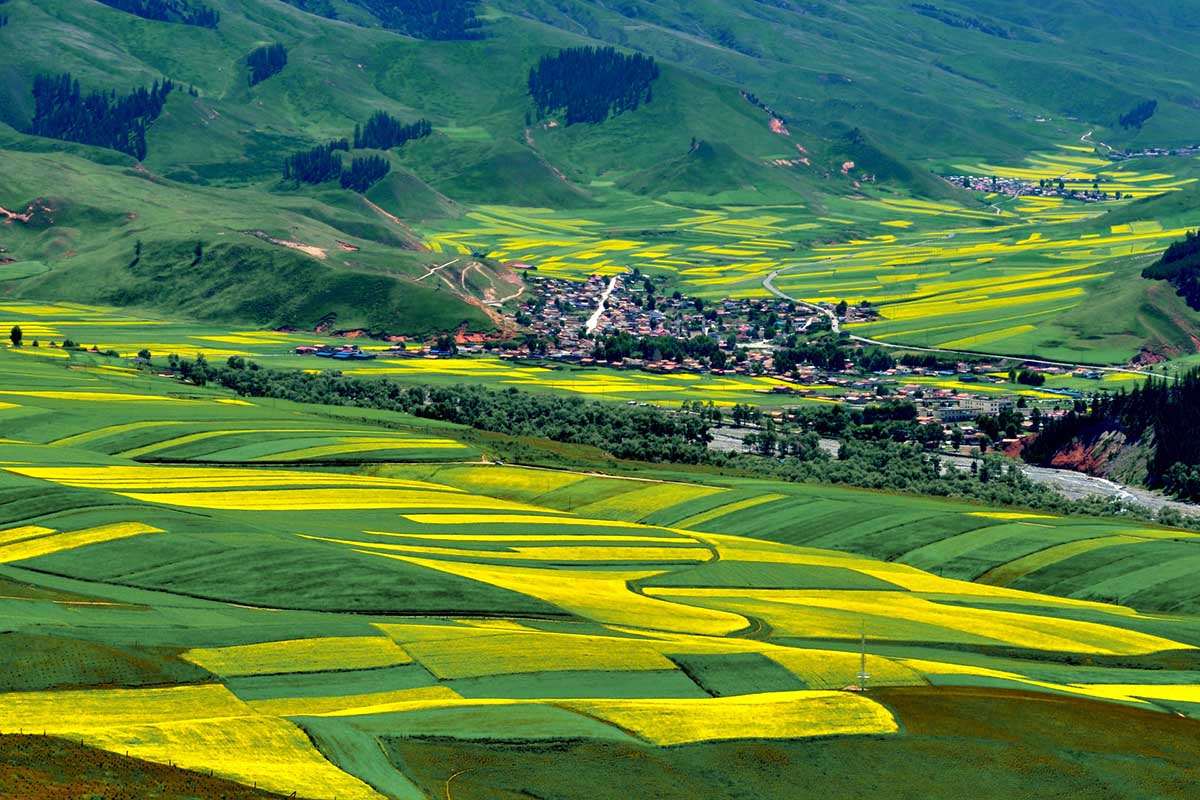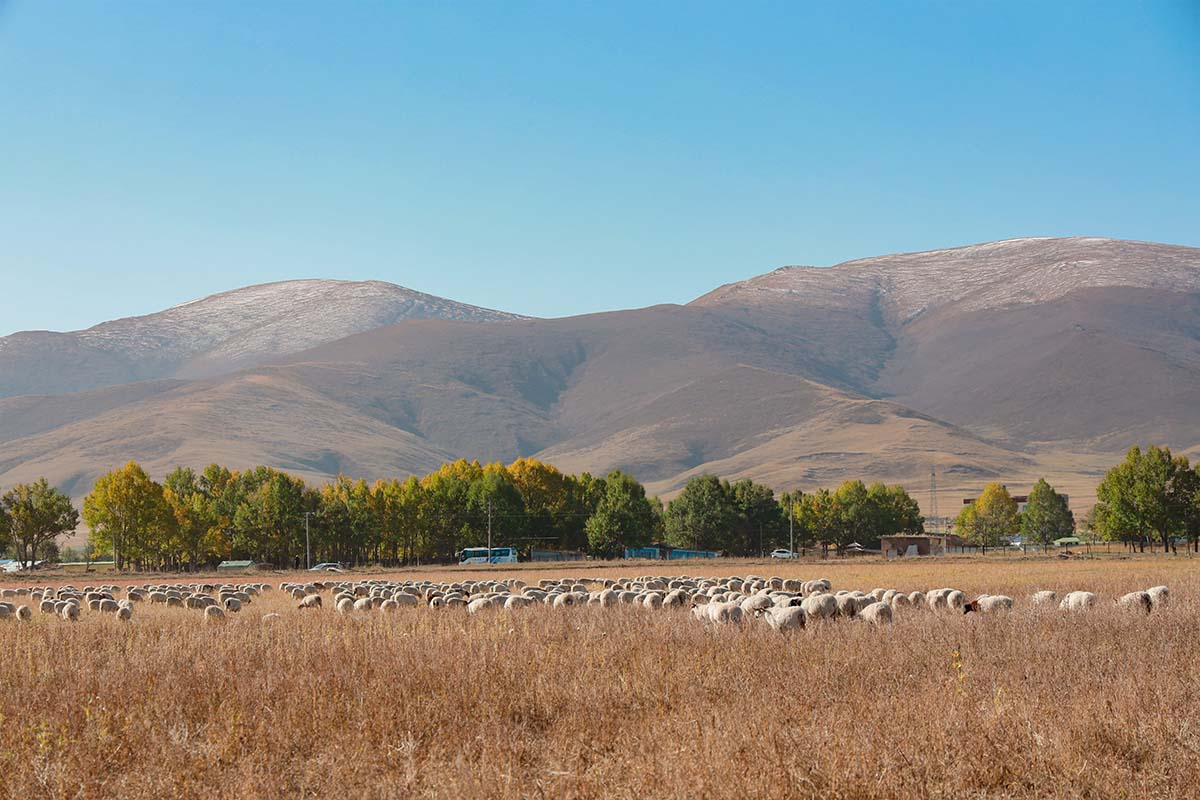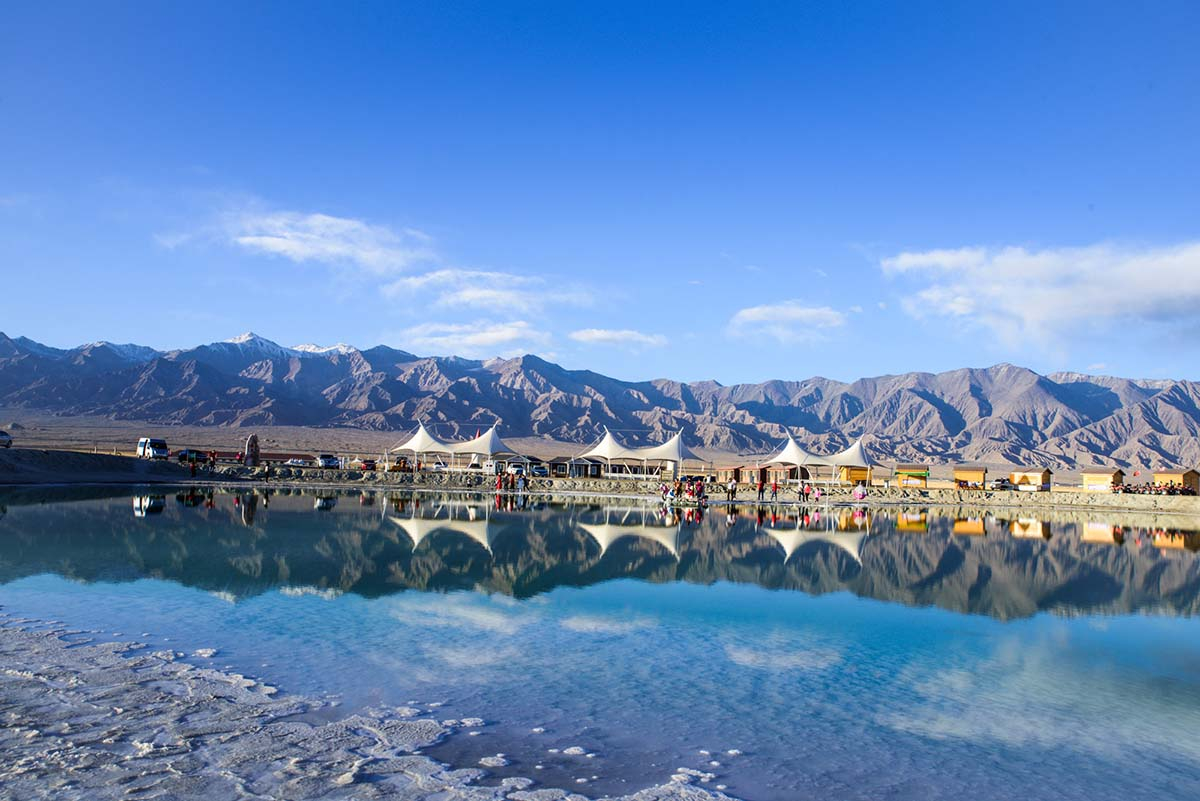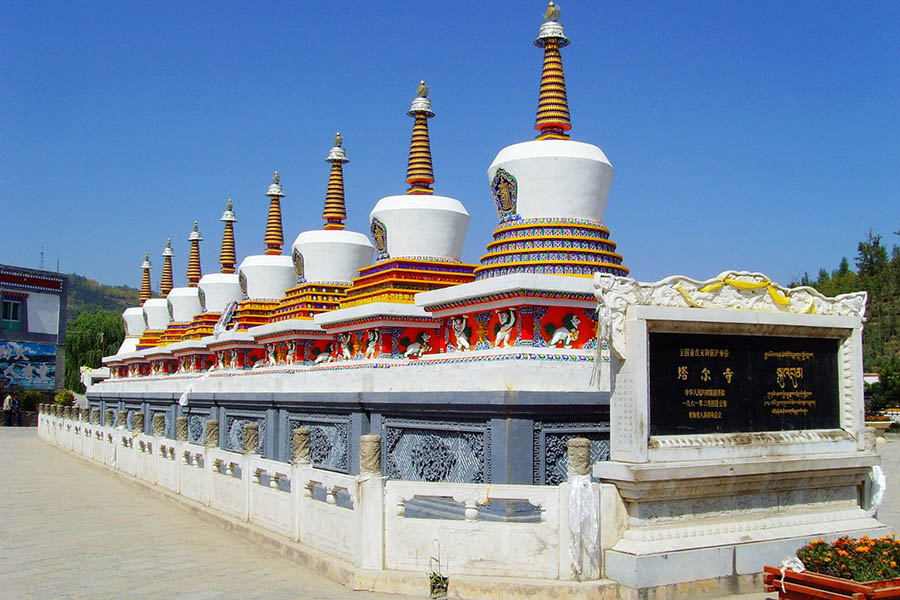A brief introduction of Yushu Tibetan Autonomous Prefecture
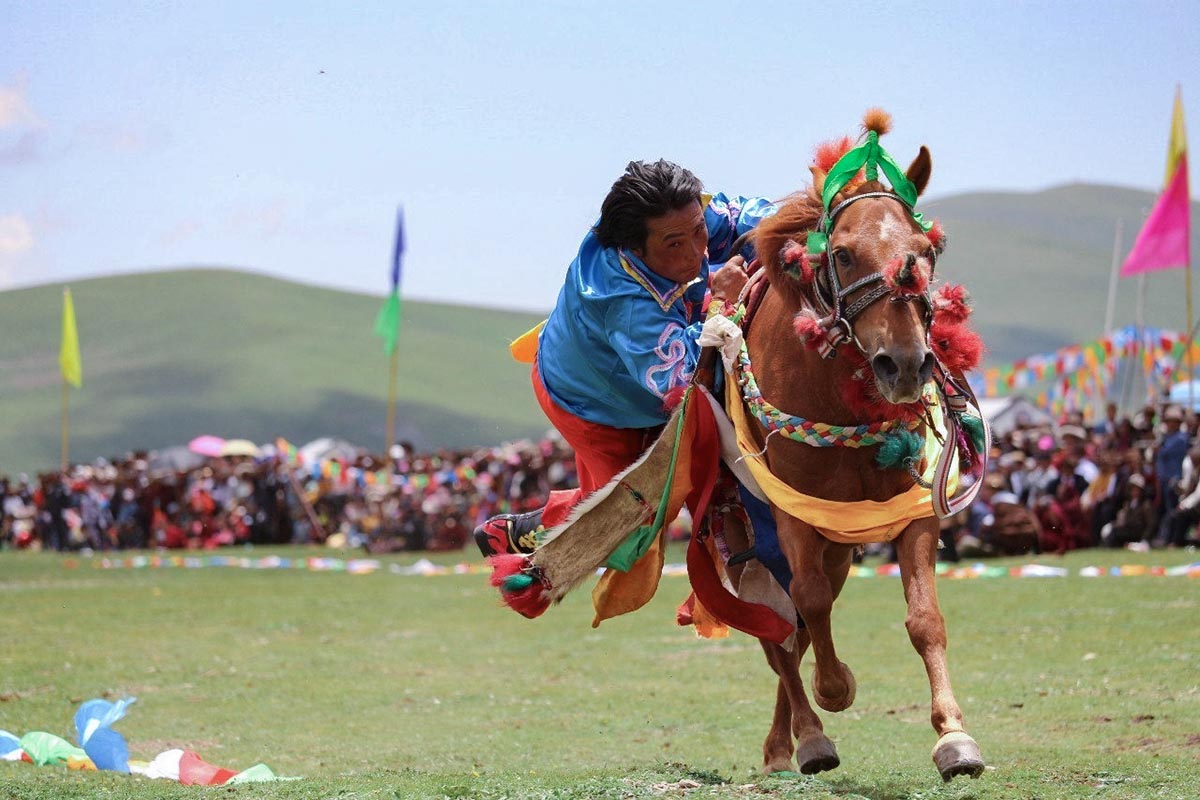
Yushu Tibetan Autonomous Prefecture, also transliterated as Yulshul, is an autonomous prefecture of southwestern Qinghai province, China. Largely inhabited by Tibetans, the prefecture has an area of 188,794 square kilometres and its seat is located in the town of Gyegu in Yushu County, which is the place of the old Tibetan trade mart of Jyekundo.
Yushu lies at an elevation of 4,000 meters and has the fountainheads of Asia’s three great rivers – the Yellow River, the Yangtze River, and the Mekong River. The rivers are part of the Sanjiangyuan National Nature Reserve in the region. Besides the Tongtian River Bridge, a stone column inscribed with the reserve’s name was given by the former president, Jiang Zemin.
Yushu Prefecture occupies most of the southwestern third of Qinghai, with the exception of the province's extreme southwestern corner (Tanggulashan Town), which is an exclave of the Haixi Mongol and Tibetan Autonomous Prefecture. Almost all of the prefecture is located in the uppermost part of the basins of three of Asia's great rivers - the Yellow River, the Yangtze, and the Mekong, although in the remote areas of the far west of the prefecture (the Hoh Xil plateau), and along its northern borders, there are some endorheic basins as well. A significant portion of the prefecture's territory is incorporated into the Sanjiangyuan National Nature Reserve, intended to protect the headwaters of the three great rivers.
With an elevation of around 3,700 metres, Yushu has an alpine subarctic climate, with long, cold, very dry winters, and short, rainy, and mild summers. Average low temperatures are below freezing from early/mid October to late April; however, due to the wide diurnal temperature variation, the average high never lowers to the freezing mark. Most people are engaged in agriculture and animal husbandry. It is dependent on highway transportation for access.It covers a total area of 26 square kilometers, with a population of 283,100 in 2008, Yushu is a place made up of many nationalities, including Han, Hui, Tu, Mongolian, Salar, Miao and some other ethnic groups. Tibetan makes up of the major group, taking a percentage of 97%. It is regarded as a Autonomous prefecture with the most ethnic groups in China.
The majority of the population are Tibetan Buddhists. Historically, the area belongs to the cultural realm of Kham in eastern Tibet.
Tibetan Buddhism has existed on this land for more than 800 years when Yushu is the one part of the "Silk Road", and most people living here believe it and there are many religious areas for all the people.
Yushu prefecture is rich in Buddhist monasteries. Being a constituent of the former Nangchen kingdom, the area was, for most of the time, not under domination by the Dalai Lama’s Gelugpa order in Lhasa. The different balance of power in this part of Kham enabled the older Tibetan Buddhist orders to prevail in Yushu. Of the 195 pre-1958 lamaseries only 23 belonged to the Gelugpa.
Although a horrible earthquake hit this land in April 14th, 2010, most hit areas has already been rebuilt to its original beauty.Yushu is famous as a beautiful natural grassland and what make it more attractive is the glorious and unique singing and dancing of ethnic groups. Every July and August, This land is featured by the flourish grass and the glorious artistic festival which attracted many tourists from home and abroad.
What’s more, in the severe and harsh environment, Hoh Xil is a paradise of wildlife and one of the world's best-preserved nature reserves. There are more than 200 species of rare wild animal living in the cold, high land. This sacred and magical land is perfect for scientific research, travel and exploration.
● Horse Racing Festival in Yushu
Yushu Horse Racing Festival held in Qinghai is a traditional Tibetan Festival in Amdo Tibetan Area. The festival is usually celebrated in Yushu Tibetan Autonomous Region from July 25 to August 1 each year.
Out of all the horse festivals in Tibet, the one in Yushu is by far and the largest and most famous. Yushu Horse Racing Festival is one of the top three horse racing festivals in Tibetan area. The other two are Ngachu Horse Racing Festival and Litang Horse Racing Festival. The Yushu Horse Race Festival takes advantage of the warm weather, so the valley floor has lush green grass suitable for long-distance horse races and tent camping.
The site is in Zhaxigou, which is only three kilometers from Jiegu Town. more than ten thousand people come together to join in the festivities. Shows of horsemanship skills, including archery on horseback and racing, are the main events. Apart from the delightful horse racing, colorful tents, beautiful traditional costumes and ornaments of the Kangba Tibetan people as well as the folk songs and dance are some of the wonderful sights during the horse racing festival.
The climax of the horse racing festival happens on the last day. Men's robes usually have bands made of tiger or panther skins, while the women's are striped with otter skin. The women's costumes, especially, are made more luxurious by wearing ornaments. They wear ornaments made of turquoise, pearl, coral, carnelian and silver or golden amulets. So, a set of ornamented garments is very expensive.
- HOTEST
- RECOMMEND
